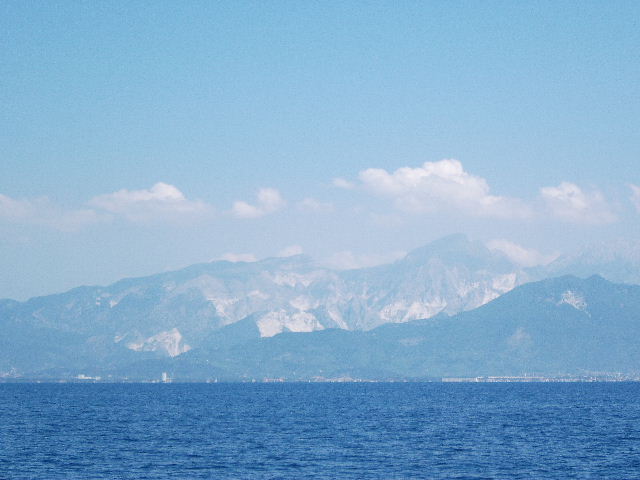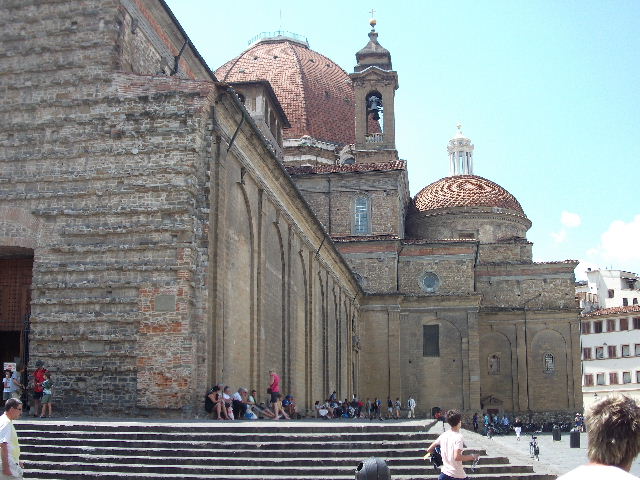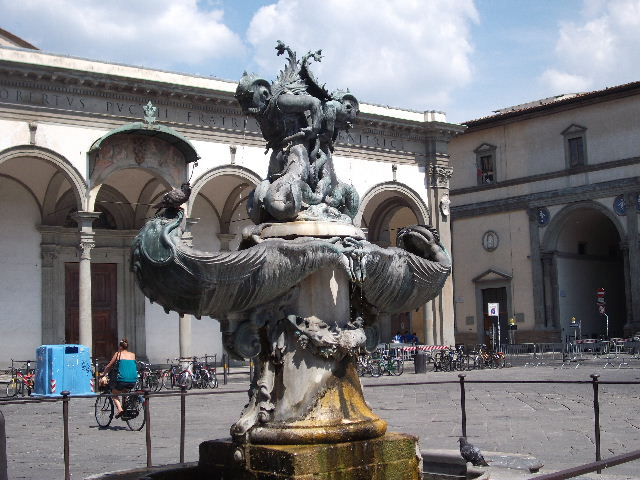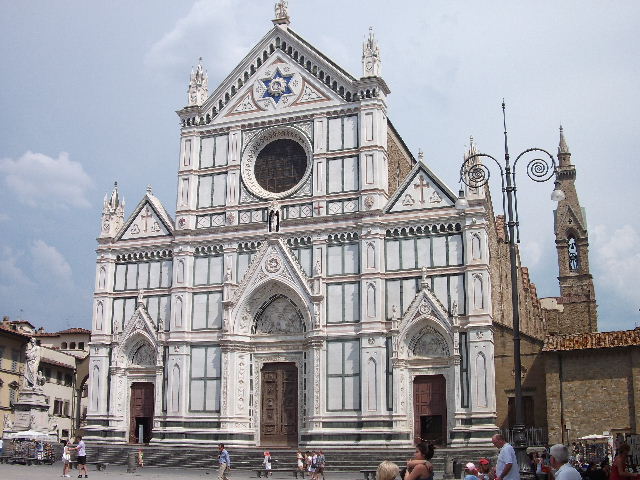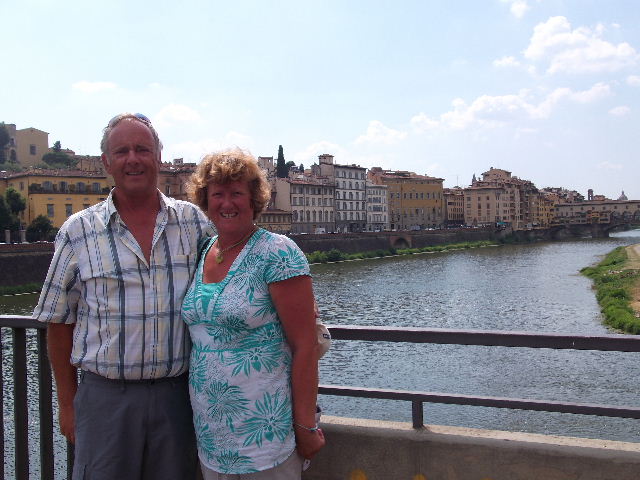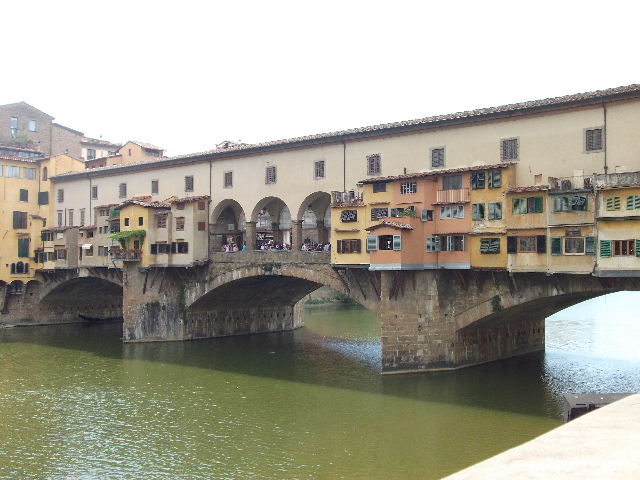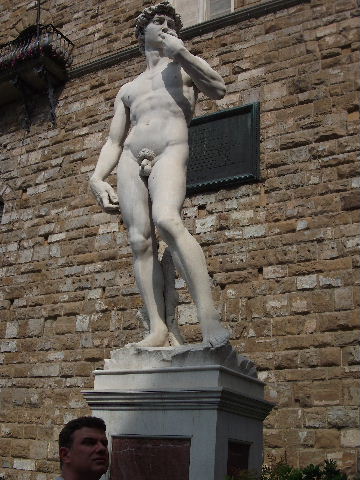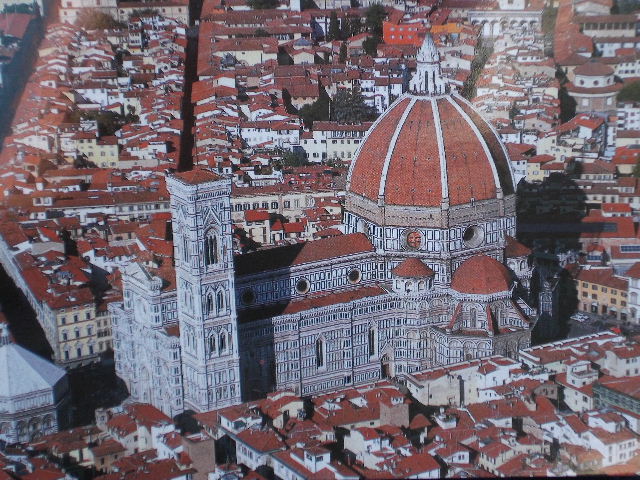Florence – Tuscany

Florence – Tuscany
We took the 70 minute train journey to Florence as Florence is renowned as one of the world’s artistic capitals. Beautiful monuments, churches together with writers such as Dante, Petrarch and Machiavelli and artists like Botticelli, Michelangelo and Donatello who all flocked to the city when it was at the cultural and intellectual heart of Europe and filled the city with some of the world’s greatest Renaissance works.
Florence was first a Roman colony in 59BC and captured by the Lombards in the 6th century. By the 13th century it was trading in wool and textiles. It was backed by a powerful banking sector and ruled by the Medici family for three centuries. By 1737 the Medici family had died out and Florence was now under Austrian rule and briefly Napoleonic control in 1860. It then became one of Italy’s chief cities.
In November, 1966 a great amount of their artistic heritage was lost during the Arno floods.
We were determined to see as much of Florence as we possibly could in the day by walking. It was a hot day but with the high buildings and narrow streets it is possible to stay out of the sunshine.
We made for the Cathedral and Baptisty with the famous orange-tiled dome after a lovely lunch at a restaurant within sight of the Santa Maria Novella church. Like most tourist attractions in Florence there is a charge to visit and for our 7 euros Jim and I were able to view the Santa Maria church and the Nave with its close spaced pillows which gives the effect of looking like a very long church. We viewed the famous picture “Trinity” by Masaccio and walked in the gardens. We walked through the side roads to the cathedral, the real name is Santa Maria del Fiore and is Europe’s 4th largest church and it is Florence’s tallest building. The orange doom was finished by Brunelleschi in 1463 and was built without using scaffolding and offers views over the city. In the ceiling of the dome is “The Last Judgement”, colourful mosaics by Vasari which was completed by Zuccari. We climbed the 420 steps to the top of the Campanile which is attached to the cathedral and is clad in white, green and pink Tuscan marble.
Opposite the cathedral is Lorenzo Ghiberti’s famous bronze doors commissioned in 1401 consisting of 10 panels to mark the city’s survival from the plague. Michelangelo dubbed them the “Gate of Paradise”.
We would have liked to have visited the Galleria dell Accademia museum to view Michelangelo’s David but the waiting time was 4 hours without pre-booked tickets so we had to make do with the copy positioned outside. The famous work by Michelangelo completed in 1504 was the 17 feet nude of the biblical hero who killed the giant Goliath. It was moved to the museum in 1873 for safe keeping.
Afterwards Jim and I visited the Ponte Vecchio bridge. It is the oldest surviving bridge in the city which was built in 1345. It was originally the domain for blacksmiths, butchers and tanners who used the river for disposing of waste. Due to the noise and stench they were evicted and replaced by jewellers and goldsmiths. Today the 50 or so shops on the bridge showing their beautiful jewellery are visited daily by hundreds of visitors. It was hard not to buy something! It was the only bridge in Florence to survive World War II.
Lizzie, Chess, Jim and I enjoyed our time in Florence and we saw many more buildings which are impossible to name in this report.
